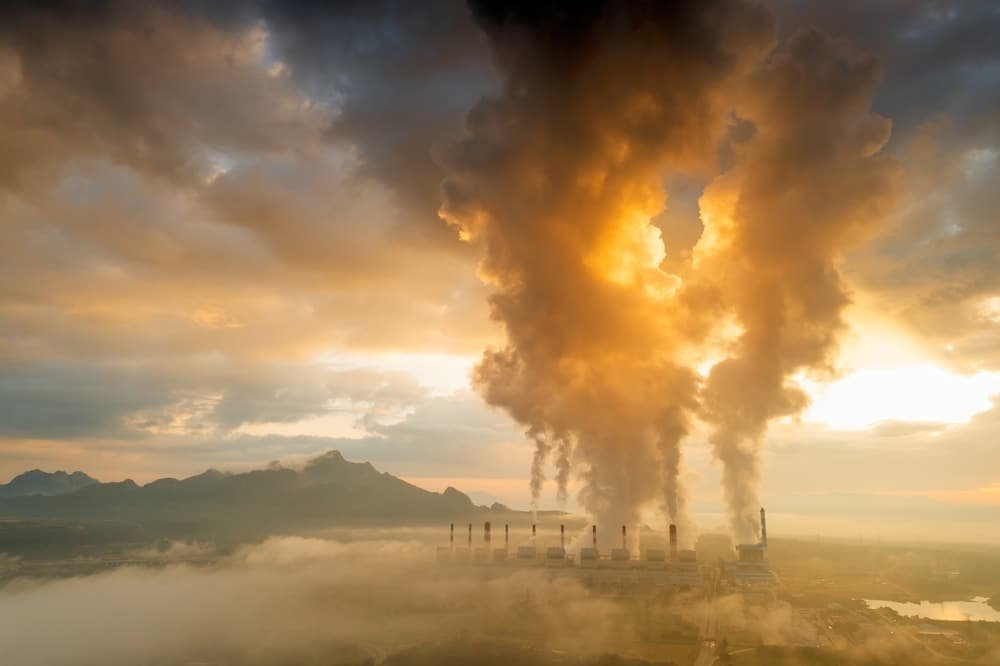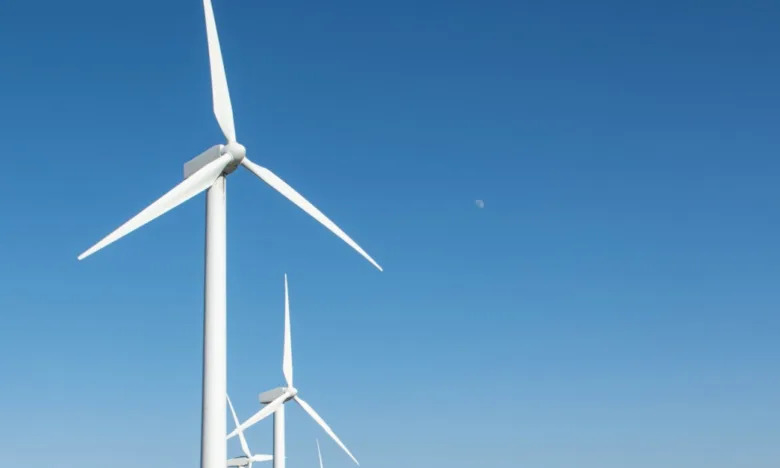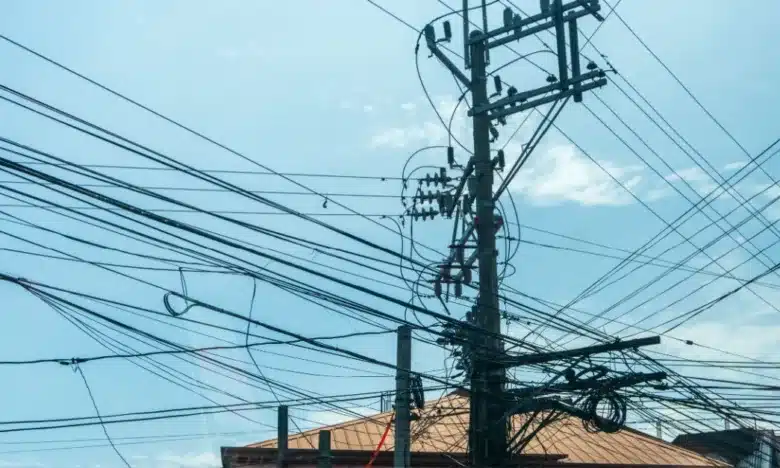
Why The Philippines Still Needs Fossil Fuels
- November 25, 2024
In a global landscape that is shifting towards renewable energy, are fossil fuels on their way out? On a macro level, the answer seems to be yes, with one-seventh of the world’s energy already coming from renewable sources and with recent trends suggesting that this number will only grow.
But on a micro level, particularly here in the Philippines, fossil fuels are here to stay, at least for now. In a developing nation such as ours, there are other pressing energy issues that need to be addressed.
During the recent Paderanga-Varela forum on energy security, public policy expert and Associate Professor at Lee Kuan Yew School of Public Policy in Singapore Eduardo Araral advocated for a more balanced energy mix in the country.
“Energy security and affordability should be first and foremost. Decarbonization should be secondary, not the main driver of energy policy,” Araral said.
More Progress, More Power
Integrating renewables into that mix is still important, as Department of Energy (DOE) Undersecretary Rowena Cristina Guevara said during the forum. But she also stressed the need for the country to adopt a more just energy transition.
“To undertake a just energy transition, we need to take care of the most affected by climate change – the 6.88% of our population without access to electricity,” she said. “I will digress on total electrification before going full swing on RE (renewable energy).”
DOE Undersecretary Guevara is referencing the country’s target to achieve 100% electrification by 2028. Modernizing the entire country is the very definition of progress, and with growth comes the need for better energy security.
Cebu, for instance, is one of the fastest growing economies in the country, and because of this, is in greater need of energy resources. Cebu enjoyed 7.3% GDP growth in 2023.
Meanwhile, their demand for power is growing every year and actually exceeding the national average. In the recent Freeman Cebu Energy Forum, Governor Gwen Garcia lauded the province’s growth while pushing for the need for more secure energy sources.
“Power requirement is a great indicator of progress,” she said. “If we are able to match the phenomenal growth that Cebu is experiencing right now we have to be more serious about generating more capacity.”
The Importance Of Fossil Fuels
While Cebu relies on Luzon and Mindanao for supplemental power, there is still the need for a more stable baseload power supply within the region. Baseload power is the minimum requirement for any area to function properly.
The most reliable source for baseload power generation is still fossil fuels, since they are quick-firing and dispatchable, enabling them to generate energy on demand, and unlike renewable source such as wind and solar, they are not dependent on weather conditions.
Majority of the world still uses fossil fuels as baseload power. This is especially true in a developing country such as ours, where coal-fired plants are still very much part of our energy mix.
“Coal-fired power plants have a role to play in the Philippine energy transition, as we still have a growing economy to support,” DOE Undersecretary Guevara said.
Far From Obsolescence
Fossil fuels will still be an integral part of our energy mix and will stay on in the Philippines’ energy system well into the second half of this century, according to the DOE’s energy plan. As of 2023, 78% of our country’s electricity is still powered by fossil fuels. According to DOE Undersecretary Guevara, there are still 58 coal-fired power plants in the country, generating a total of 12.4 gigawatts of power.
While the country integrates renewable energy sources, hybrid plants, like the recently launched hybrid diesel-solar power plant in Mindanao, could be the wave of the future, where fossil fuels work hand in hand with wind, solar, or hydro-power to bolster our energy supply.
These modernized hybrid setups offer a glimpse of our future energy mix, where fossil fuels, far from being obsolete, actually functions as the main foundation of a reliable energy system.



